Squirrels in your Attic? What attracts them, how to get them out and how to prevent future problems
Squirrels can cause considerable damage to your attic and home if not removed in a timely manner. While these critters are often cute and harmless, they can quickly become a nuisance if left unchecked. This blog post will cover how to identify the problem, safely remove squirrels from your attic, and take preventative measures to keep them away. For more information about Metro Wildlife and Pest Control’s Squirrel Removal Service, please click here
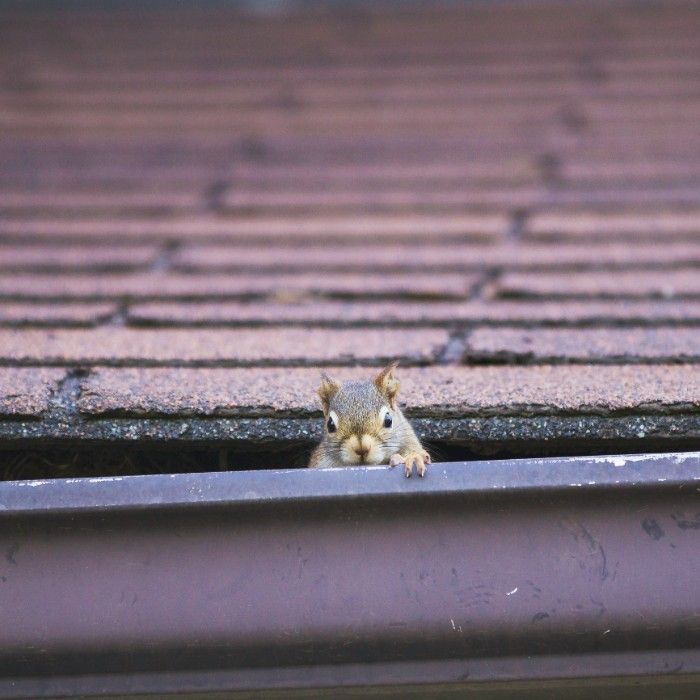
Signs of a Squirrel in the attic
The most common sign that squirrels are present in an attic is their scratching noise or chattering sounds coming from the walls or ceiling. Other signs of squirrels include seeing squirrel droppings in the attic or smelling their musky odor. If you notice any of these signs, contact a professional wildlife removal service right away to ensure that squirrels are removed safely and quickly.
One of the most common signs that a squirrel has made their way into your attic is noises coming from the area. Squirrels are active during both day and night, so if you hear scampering or scratching sounds coming from above, it’s likely that a squirrel has found its way in. In addition to noise, other signs of a squirrel in the attic include droppings, gnaw marks, and evidence of nesting materials. If you suspect a squirrel may be living in your attic, it is best to take action as soon as possible.
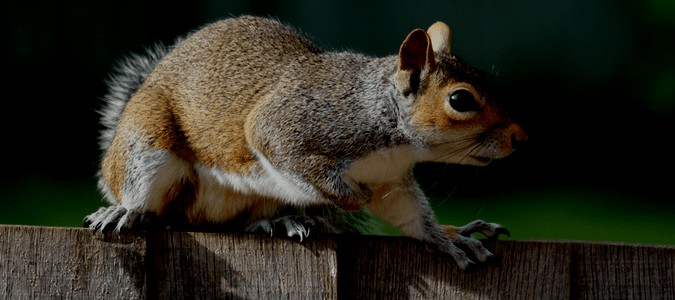
Methods of Removal
If you want to remove the squirrels from your attic, there are several steps you can take. Trapping and relocating the animals is one option; however, it is important to keep in mind that trapping and releasing them too far away may not be successful as they will simply return home. A better solution is to hire professionals who have specialized experience with humane animal removal techniques. Professional services are often able to quickly identify entry points, seal off any gaps, and remove the squirrels in a safe and effective manner.
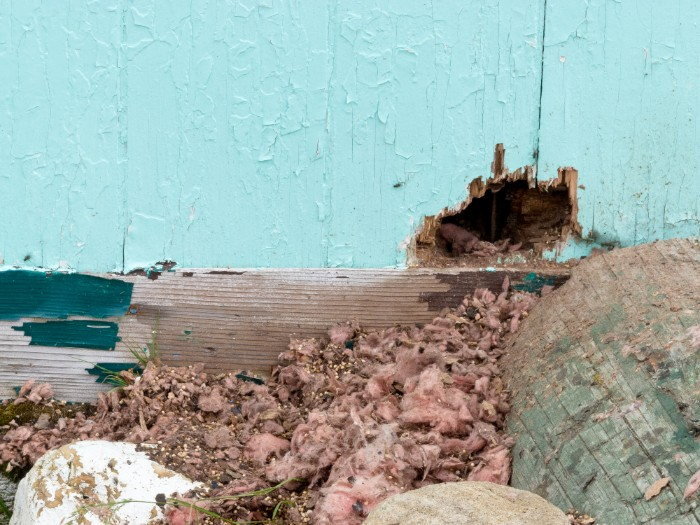
What Attracts Squirrels to Your Attic?
Squirrels are drawn to attics for a variety of reasons. These areas provide them with shelter from the elements, protection from predators, and access to food sources like bird feeders or garbage cans. Additionally, these critters are attracted to warm and cozy places such as attics since they often have insulation that keeps temperatures more regulated than outside. Finally, if there is an accessible source of food in your attic, it can be a major draw for squirrels.
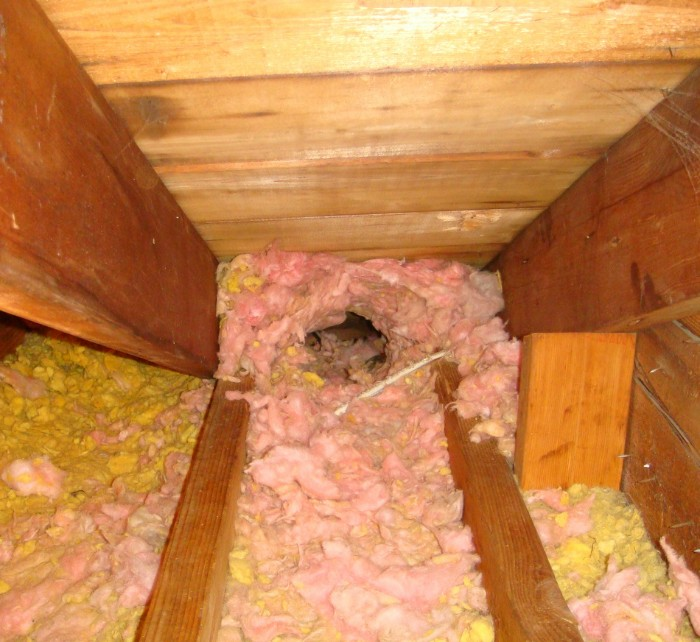
Squirrel nest in an attic. Squirrel infestation will usually start with a desire for a mother squirrel to raise squirrel babies. Proper squirrel repellent can prevent a squirrel infestation with will prevent squirrels from causing damage (chew electrical wires, decaying squirrels house fire or fire hazard etc.) Prevention includes, seal entry point with wire mesh, capture squirrels predator urine, clear tree limbs, etc.
How do Squirrels Enter the Attic?
Typically, squirrels will enter an attic through small openings or holes around windows, vents, chimneys, soffits, and eaves. They also may find their way inside via loose siding or other gaps in the exterior of your home. It’s important to inspect the area around these potential entry points for signs of a squirrel trying to get inside.
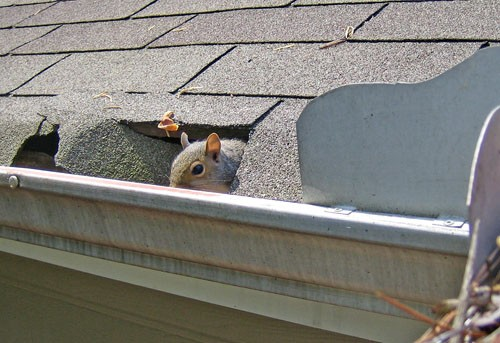
Who to call if I have Squirrels in the Attic
If you suspect that you may have a squirrel problem in your attic, it is always best to contact a professional wildlife removal service right away. These services are experienced with identifying and removing animals safely and humanely, and they can also take steps to prevent future infestations.
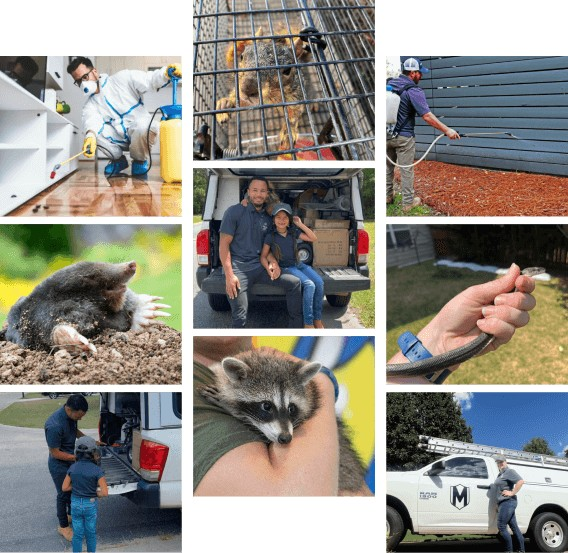
Can I remove Squirrels from the Attic myself?
Although it is possible to remove squirrels from an attic yourself, it is not recommended due to the potential dangers of handling wildlife and the difficulty of ensuring that all animals have been removed from the area. Additionally, it is important to be aware that some states have laws that restrict or prohibit the relocation or extermination of wildlife without a permit.
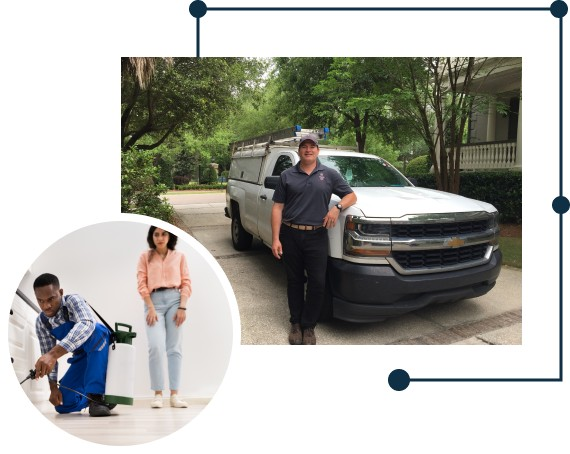
Things You’ll Need
In order to successfully perform squirrel removal attic, you will need a few supplies. These can include items such as live traps, gloves for protection against bites and scratches, sanitizing products for cleaning up droppings, insulation repair materials for sealing entry points, and a ladder or other device for safely accessing the attic space.
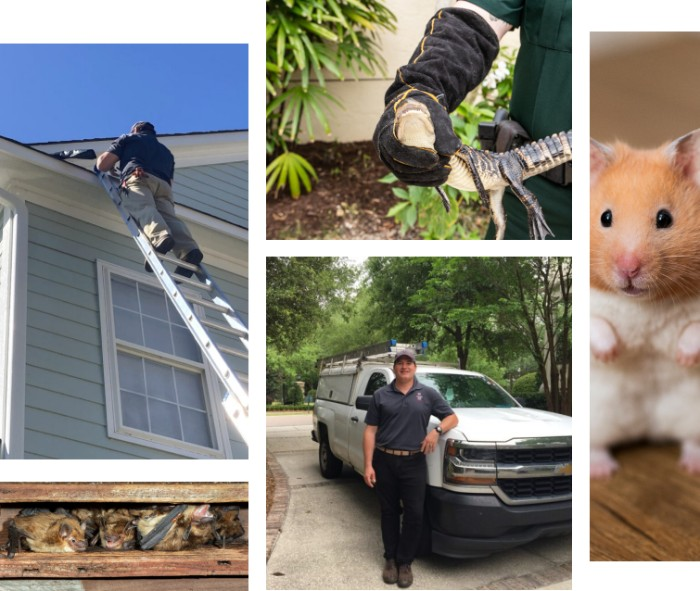
Is it legal to kill squirrels in my attic?
In most cases, it is legal to kill squirrels in your attic. In most states and municipalities, it may only be legal to hire professional wildlife removal services for humanely trapping and relocating the animals. It is important to check with local laws before attempting any type of squirrel extermination. Additionally, killing or trapping a squirrel yourself can be dangerous if you are not properly trained in handling wildlife; it is always best to leave this task to professionals who have experience in safely removing animals from homes.
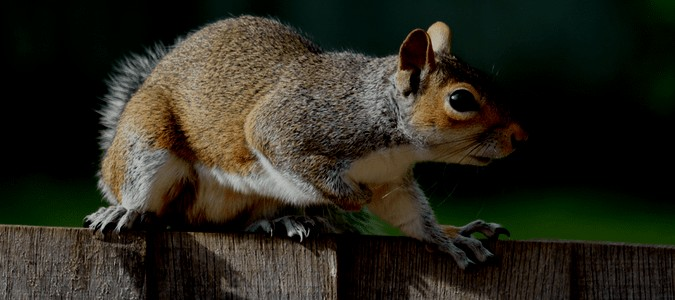
What should I do if I find a baby squirrel in my attic?
If you come across a baby squirrel in your attic, it is important to handle the situation with care. In many cases, it may be best to contact a wildlife rehabilitation specialist who can assess the animal’s condition and provide proper care as necessary. Additionally, professional wildlife removal services may also be able to help with humanely trapping and relocating adult animals from the area. The best option for both mother and baby squirrels is to safely remove them from your home rather than attempting any extermination methods. Squirrel traps can help you with a squirrel problem but traps will not get rid of squirrels that have babies in the attic.
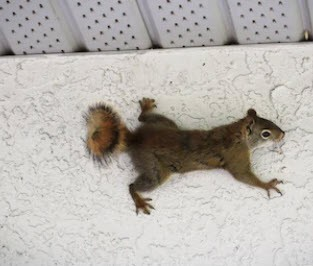
Can Squirrels Damage the Roof?
Yes, squirrels (including flying squirrels) can cause damage to your roof if they are able to gain access. Squirrels in the attic frequently build their nests inside attics, they can chew through insulation and other materials, like fascia board, chimney cap, terra cotta, or soffits, near the entry points in order to make their homes more comfortable. This can lead to costly repairs as the animals can cause serious structural damage over time. Additionally, they may also chew on electrical wires and other electrical components, which can cause house fires, in order to access food sources or create a nesting area. For this reason it is important to contact a professional wildlife removal service right away to perform squirrel trapping if you suspect that squirrels in the attic.
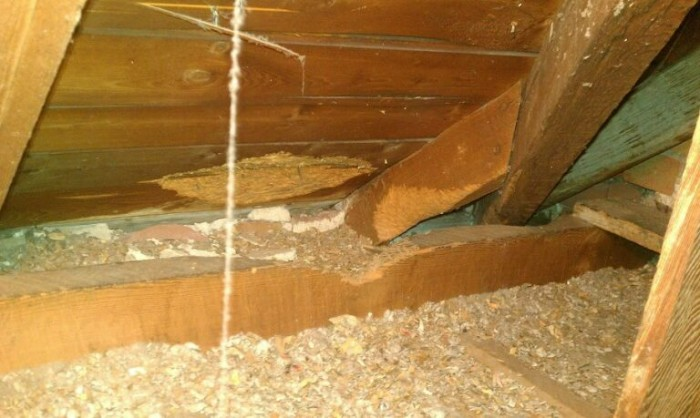
Is it safe to go in my attic when squirrels are in there?
No, it is not safe to go into the attic when squirrels (including flying squirrels) are present. Squirrels can become aggressive when startled or threatened and may bite or scratch in self-defense. Additionally, they may carry diseases that could be transmitted to humans through contact with squirrel feces, urine, or saliva. It is best to avoid entering an attic where squirrels have been found and instead contact a professional wildlife removal service for assistance in safely trapping and removing the animals.
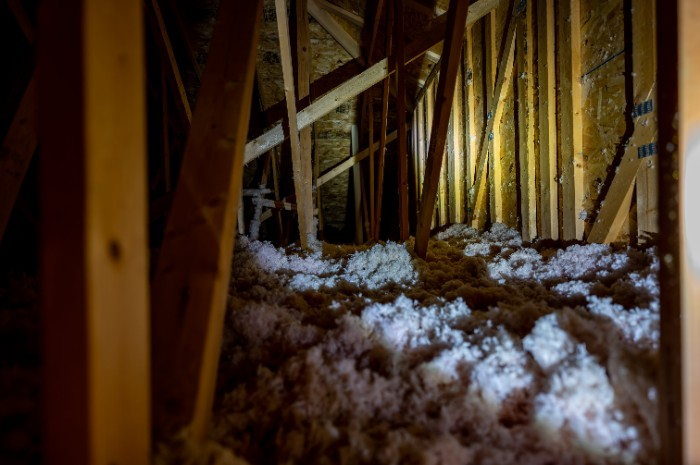
The Dangers of Squirrels in the Attic
Squirrels can pose several dangers when present inside an attic space. These include structural damage from chewing on insulation, wiring, and other components; transmission of disease from coming into contact with squirrel droppings, urine, or saliva; and the potential for squirrels to become aggressive if startled or threatened. For these reasons it is important to contact a professional wildlife removal service as soon as possible when squirrels are discovered in your attic.
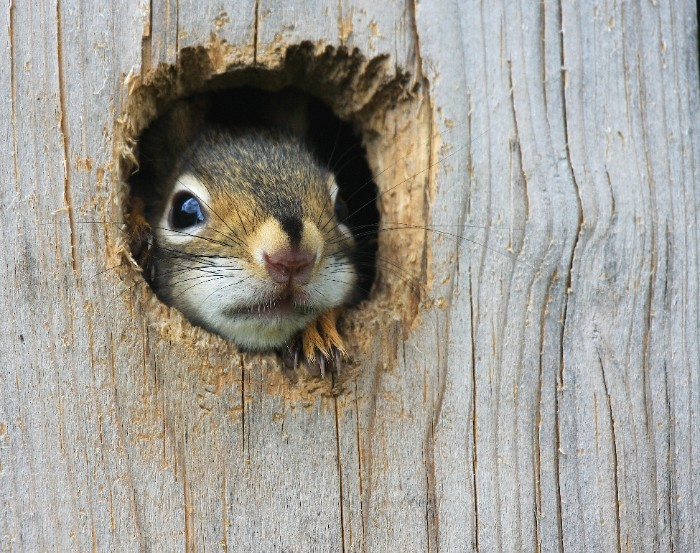
How to Safely Remove Squirrels from Your Attic
The safest approach for removing squirrels from your attic is to hire a professional wildlife removal service. These professionals have the experience and knowledge necessary to safely trap and relocate squirrels without putting your family at risk. Additionally, they can also provide repair services such as insulation replacement and sealing entry points so that squirrels cannot return in the future. Be careful not to seal the home too early or you may end up with a dead squirrel in the attic. Chewing sounds that nuisance squirrels make may be bad, but one of these medium-sized rodents that have lost its easy access to the attic will create a foul odor.

Taking Preventative Measures Against Future Problems
Once squirrels have been removed from your attic, it is important to take preventative measures to keep the home squirrel free. This includes sealing all possible entry points into the home and removing sources of food and shelter such as bird feeders, garbage cans, and piles of wood. Additionally, maintaining a clean yard by regularly clearing away leaves, trimming branches and shrubs, and keeping pet food indoors can also help discourage squirrels from returning. There are also a number of squirrel repellents that can be applied to tree branches, on a chimney cap, fruit trees, electrical wiring or anything else that you’d like to keep nuisance squirrels away from.
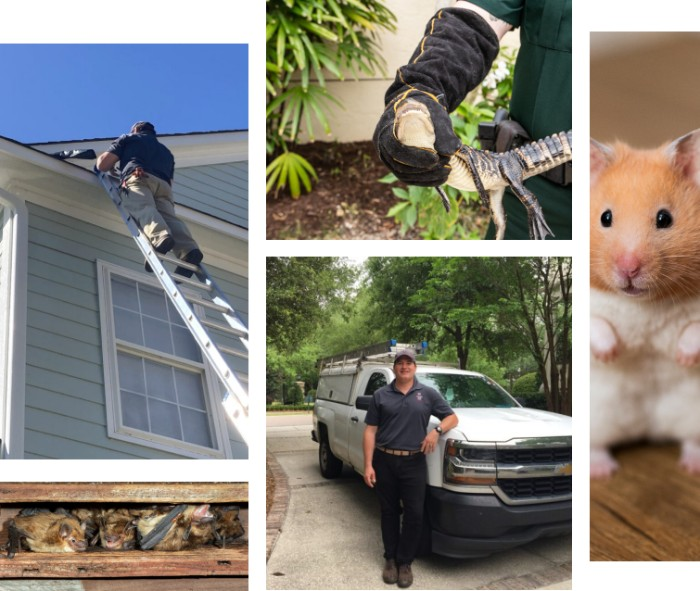
If squirrels have taken up residence in your attic, it is important to take prompt action to remove them. Contacting a professional wildlife removal service is the best and safest way to ensure squirrels are trapped and relocated safely. Additionally, taking preventative measures such as sealing entry points and removing sources of food and shelter can help discourage squirrels from returning in the future. Metro Wildlife and Pest Control has been helping homeowners with squirrel removal for years, so don’t hesitate to call us today!
By following these tips you can keep squirrels out of your attic for good – allowing you and your family peace of mind that your home is safe from any unwanted visitors. With Metro Wildlife & Pest Control’s squirrel removal services, you can be sure that squirrels in your attic will be removed safely and quickly. Contact us today to schedule an appointment!
Thank you for taking the time to read our blog about squirrel removal from attics. Metro Wildlife & Pest Control has been helping homeowners with squirrel removal for years, so don’t hesitate to call us today if you need assistance! Our experienced technicians use humane trapping methods to ensure squirrels are relocated safely and quickly, and we also provide repair services such as insulation replacement and sealing entry points.ptimized Content
